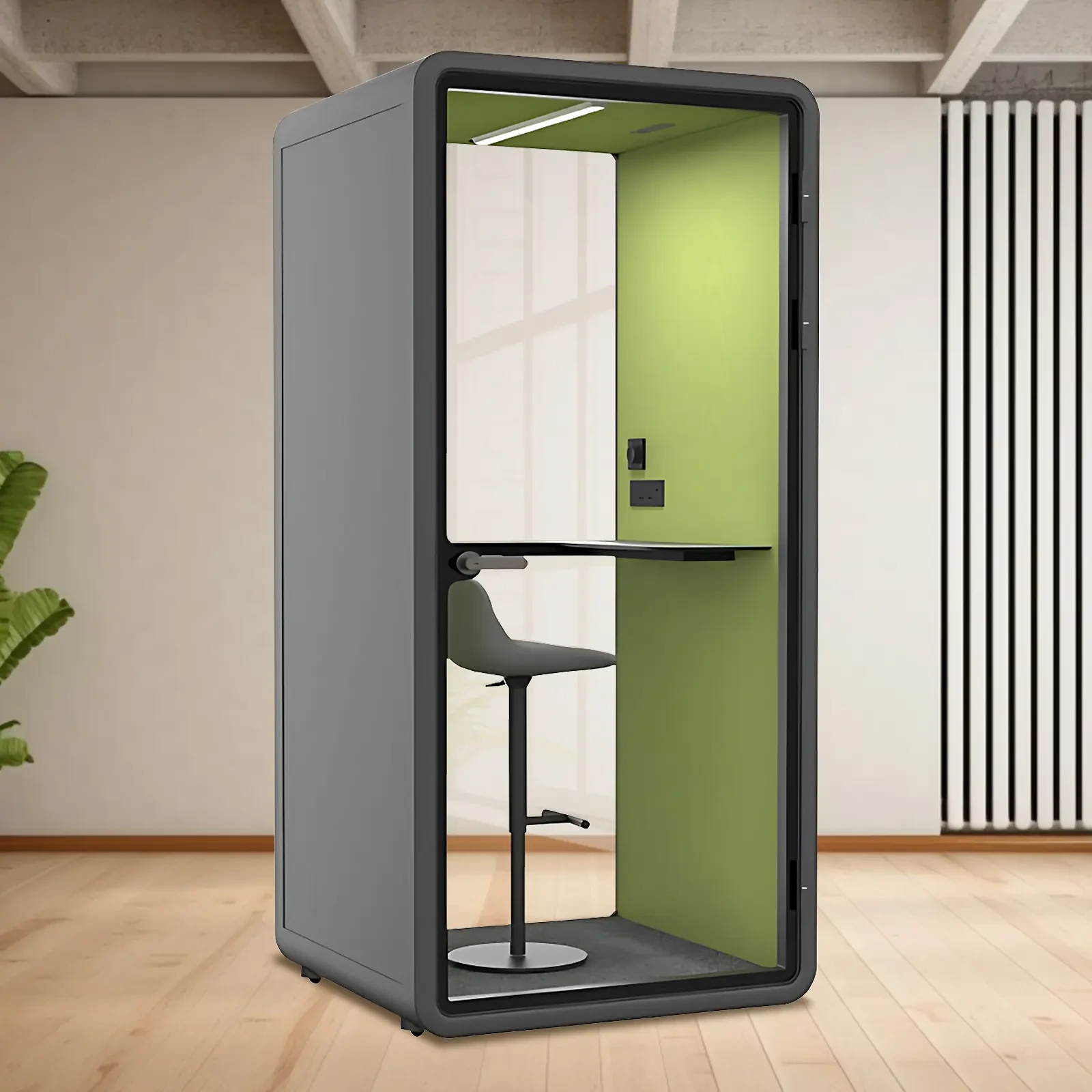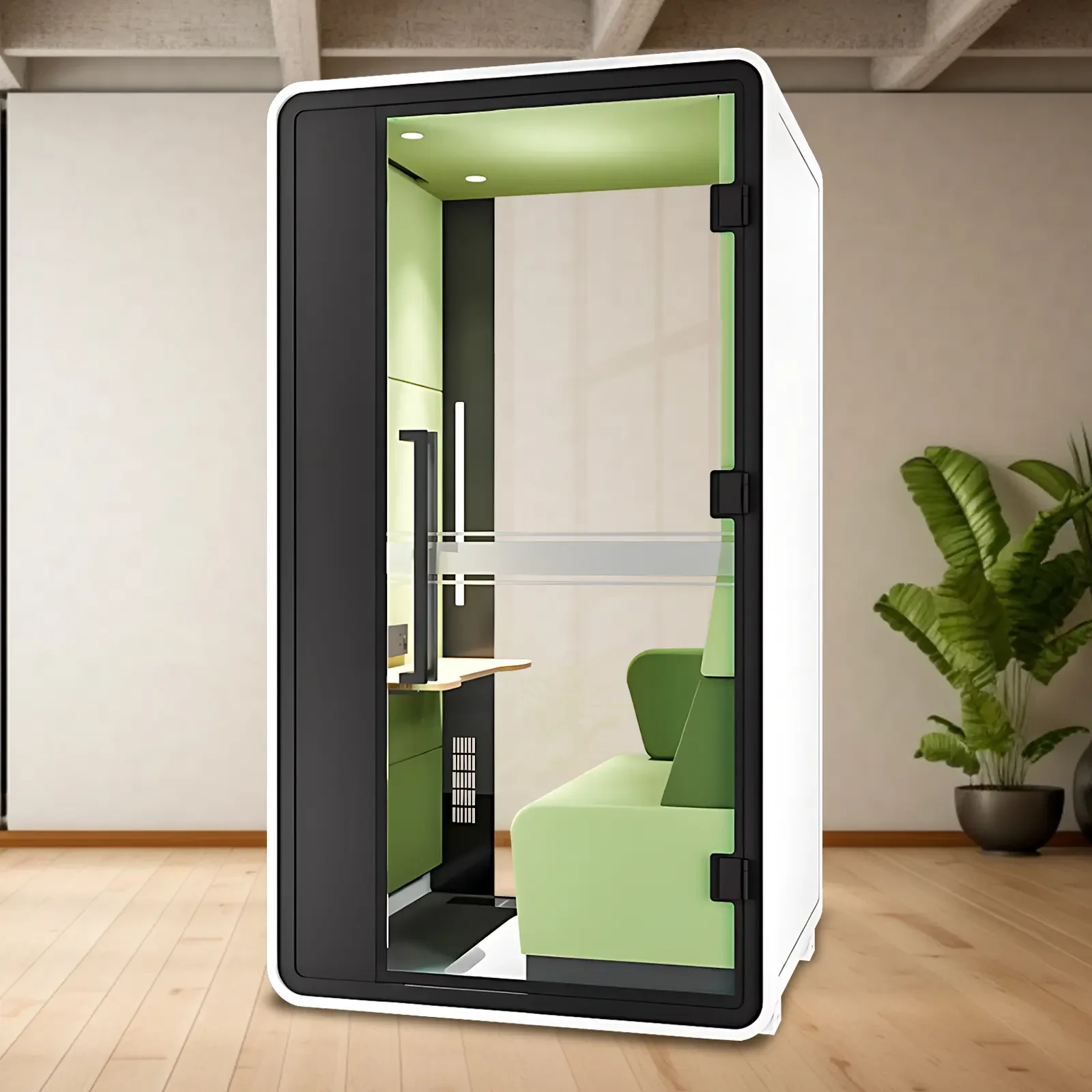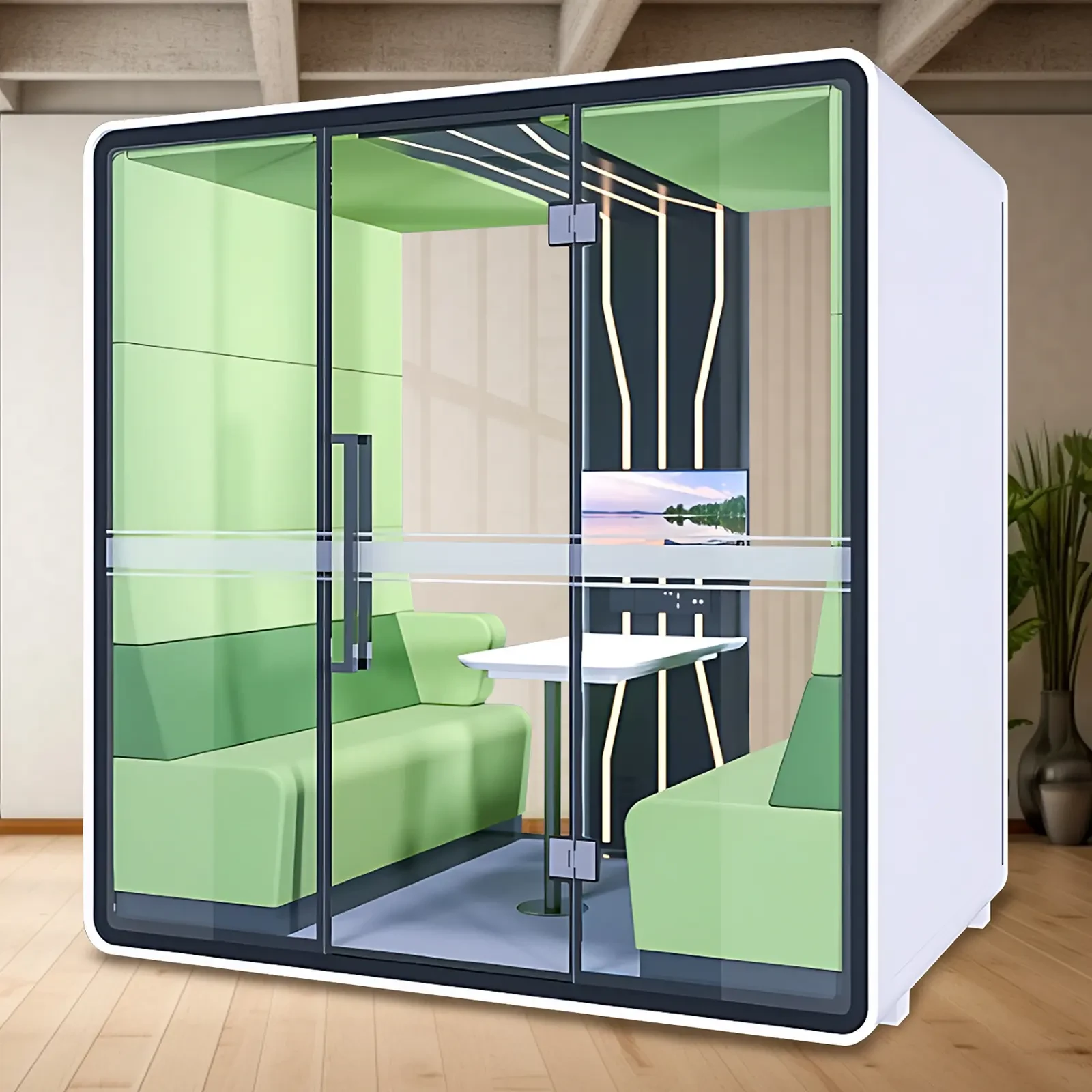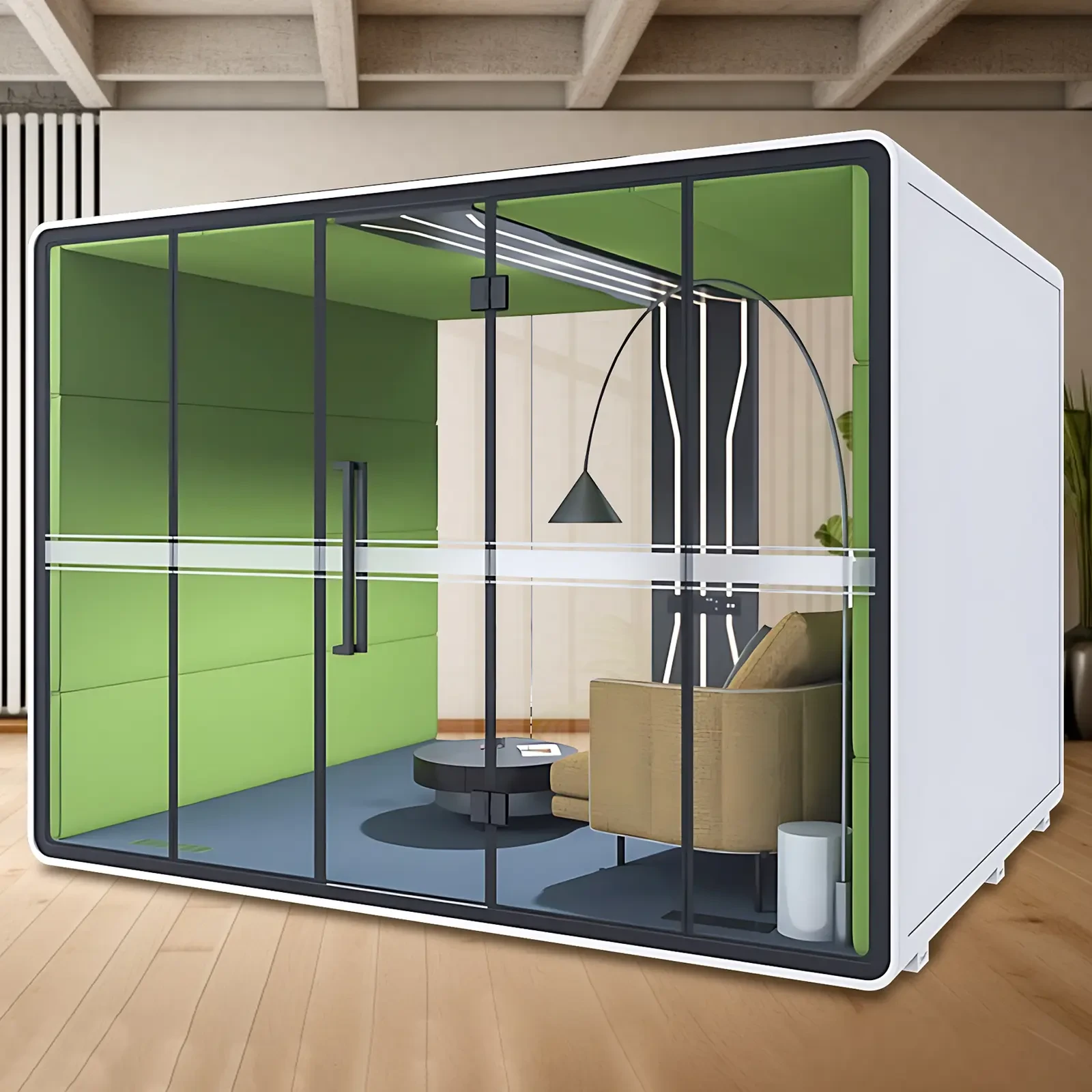Since today’s corporate environment is evolving rapidly, the designs of physical spaces lack quantity and require emphasis on the quality of thoughtful details. Satisfying both present and future needs—and with an added emphasis on making decisions that drive both aesthetics and utility to maximize every square foot of office space and the human experience within it—planners would be wise to heed these office space planning elements as they work to satisfy both design and business objectives.
Creating Purposeful Zones to Reflect Functional Needs
When starting a long-term layout strategy, it is crucial to separate the office into clearly defined neighborhoods. Each of these spaces—to call them by their more common name—serves a singular purpose and contributes to the uniquely rhythmic unitary office together with the other spaced-out employees.
These individual work areas look better, say the critics of the cubicle, when the office is across the street from Midtown's Museum of Modern Art. They serve a more coherent function, which is more of an issue for critics of the art tour in which some experiential paths loop back on themselves, of which example the closely surveilled cubicle.
Critics have also said it is an architectural sleight of hand to tout the Modernist idea of an open floor plan while working toward an equally oblique goal of operational fluidity that also preserves the energy of the spaces that colleagues share.
Prioritizing Flexibility in Layout for Long-Term Growth
A component of efficient space utilization that is overlooked yet remains significant is adaptability, where the office is conceptualized not as an unchanging entity but as a thriving, evolving environment that is responsive to alterations in team sizes, shifts among departments, and the ongoing transformation in the needs of workflows.
Operative adaptability stems from the foresight used in the planning process, where desks, partitions, and common areas are envisioned as being easily relocatable and repurposable without causing much disruption, if any; and this adaptability does not, as one might expect, compromise the design’s aesthetics.
Commonly understood components of cost-efficient workplace design— like not placing large conference rooms in the core of a building—can remain intact while a workplace’s built-in, easily accessible flexibilities make it feel less like a confined space and more like a responsive organism.
Encouraging Interaction While Preserving Focus
It is just as important to design for communication as it is to design for concentration, which means that spatial arrangements must balance between areas that promote collaboration and areas that enable disrupted deep work, and in achieving this, companies must consider several things, like noise control and traffic flow, and if those things are executed properly, layouts that do them allow employees to engage in spontaneous problem-solving.
Layouts that disrupt the user experience create interruptions, and interruptions diminish the impact of any content. At its core, this is simply about respecting human behavior.
Utilizing Natural Light and Circulation Patterns Effectively
You might think that the office setup—furniture and all—has the most significant impact on employee comfort, productivity, and well-being. But the influence of light, air, and natural movement in the office is also important. They are, in fact, fundamental to how we perceive and occupy the space.
When we talk about wellness in the workplace, these elements can’t be overlooked. To put it simply, the more holistic you can make your office space planning, the healthier and more engaging it will be for occupants.
Daylight is the primary energizer of human beings, serving as every individual's internal alarm clock. So the first and most crucial piece of holistic office space planning that takes wellness into account is ensuring that as many workers as possible have direct access to as much daylight as possible.
The next piece is the pathways, or movement corridors, through the space. These have to be naturally wide, well-lit, and intuitive. That means a series of overlapping straight lines that keep the path clear and the light flowing smoothly, so to speak.
Supporting Company Culture Through Spatial Identity
The office is not just a physical necessity; it is also a way of communicating brand personality and internal values. That means colors, materials, and layout choices all influence how people engage with a company's culture.
And even more so, it means that office space planning can be used to tell stories. If leaders make choices about office space aligned with their goals (openness, hierarchy, innovation, etc.), they can use the office as a storytelling device.
Rolling Independent Office for 6 people Conference Sound Booth- This mobile conference booth provides outstanding acoustic clarity. The double-layer laminated glass (5 mm + 5 mm) and multi-layer sound barriers reduce ambient noise by 30 dB, improving confidentiality and concentration.
Recommendation
For companies wanting to put in place intelligent, scalable, and user-centered design strategies, X-comfort provides solutions tailored to their needs and rooted in proficient office space planning. We help organizations of all kinds metamorphose their environments into workplaces that put the employee first, are highly efficient and tuned to the organization’s mission, and, most importantly, are built to adapt. In our experience, thoughtful space planning combined with intelligent design leads to environments that inspire.

 USD
USD
 GBP
GBP
 EUR
EUR






